Home>Ideas and Tips>Choosing The Best Houseplants For Low Light
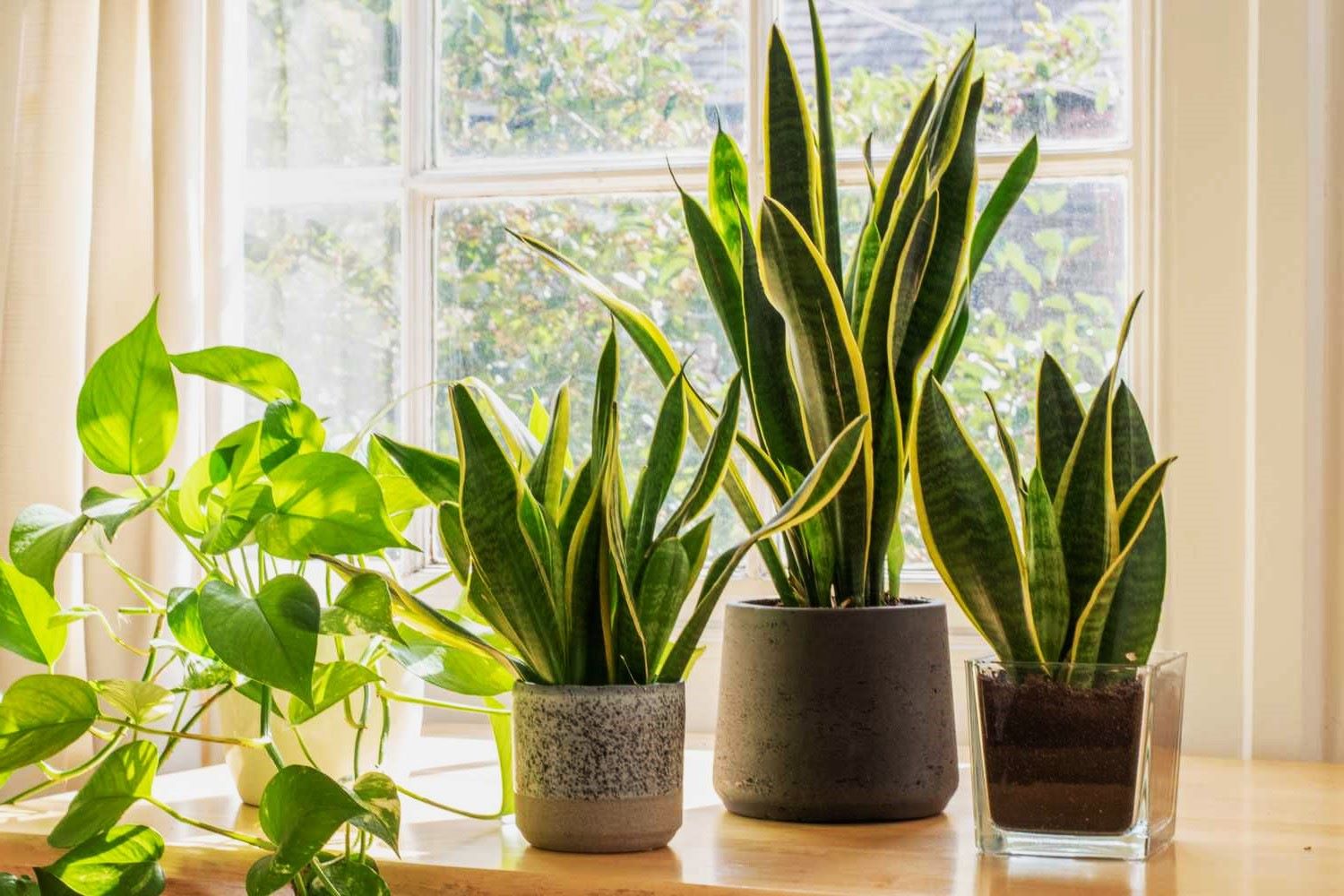

Ideas and Tips
Choosing The Best Houseplants For Low Light
Published: November 2, 2024
Discover the best low-light houseplants to enhance your home. Learn about versatile, low-maintenance options perfect for rooms with limited natural light.
(Many of the links in this article redirect to a specific reviewed product. Your purchase of these products through affiliate links helps to generate commission for Storables.com, at no extra cost. Learn more)
Adding plants to your home can be one of the most rewarding and visually appealing aspects of home improvement. Houseplants not only purify the air, improve the aesthetic of your home, and provide a sense of well-being, but they can also thrive in low-light conditions. This makes them perfect for rooms that receive limited natural light, such as basements, offices, or apartments with north-facing windows.
Benefits of Low-Light Houseplants
Low-light houseplants offer numerous benefits. Here are some key advantages:
- Versatility: Low-light houseplants can thrive in a variety of environments, making them ideal for spaces with limited natural light.
- Air Purification: Many low-light houseplants are known for their air-purifying properties, which can improve indoor air quality and contribute to better health.
- Aesthetic Appeal: These plants come in a wide range of colors, textures, and shapes, adding visual interest to any room.
- Stress Reduction: Studies have shown that being around plants can reduce stress levels and improve mood.
- Low Maintenance: Some low-light houseplants require minimal care, making them perfect for busy individuals or those new to gardening.
Factors to Consider When Choosing Low-Light Houseplants
While low-light houseplants offer numerous benefits, there are several factors to consider when selecting the right ones for your space:
- Light Requirements: Understand the specific light requirements of each plant. Some may tolerate very low light while others may need a bit more.
- Watering Needs: Different plants have varying watering needs. Some prefer moist soil while others prefer dry conditions.
- Temperature Tolerance: Ensure that the plant can thrive within your home's temperature range.
- Humidity Levels: Some plants prefer higher humidity levels than others.
- Space Constraints: Consider the size of the plant and whether it will fit in your space without overwhelming it.
- Maintenance Level: If you're new to gardening or have a busy schedule, choose plants that are low maintenance.
The Best Houseplants for Low Light
Now that we've covered the benefits and factors to consider, let's explore some of the best houseplants for low-light conditions:
1. Snake Plant (Sansevieria Trifasciata)
The snake plant is one of the most popular low-light houseplants due to its ability to thrive in almost any lighting condition. It's known for its striking upright leaves with yellow or white edges and can grow quite tall if given enough space.
- Light Requirements: Can tolerate very low light but prefers bright indirect light.
- Watering Needs: Water sparingly, allowing soil to dry out between waterings.
- Temperature Tolerance: Prefers temperatures between 65°F to 75°F (18°C to 24°C).
- Humidity Levels: Can tolerate average humidity levels but prefers slightly higher humidity.
2. ZZ Plant (Zamioculcas zamiifolia)
The ZZ plant is another low-maintenance option that can handle low light conditions. It has glossy leaves that are dark green in color and can grow up to two feet tall.
- Light Requirements: Can tolerate very low light but prefers bright indirect light.
- Watering Needs: Water sparingly, allowing soil to dry out completely between waterings.
- Temperature Tolerance: Prefers temperatures between 65°F to 75°F (18°C to 24°C).
- Humidity Levels: Can tolerate average humidity levels but prefers slightly higher humidity.
3. Pothos (Epipremnum aureum)
Pothos is a versatile houseplant that can grow in a variety of lighting conditions, including low light. It has heart-shaped leaves with variegated patterns and can be trained to climb up walls or trellises.
- Light Requirements: Can tolerate low light but prefers bright indirect light.
- Watering Needs: Water moderately, allowing soil to dry slightly between waterings.
- Temperature Tolerance: Prefers temperatures between 65°F to 75°F (18°C to 24°C).
- Humidity Levels: Can tolerate average humidity levels but prefers slightly higher humidity.
4. Peace Lily (Spathiphyllum wallisii)
The peace lily is known for its elegant white blooms and dark green leaves that can grow quite tall. It prefers well-draining soil and moderate watering.
- Light Requirements: Prefers bright indirect light but can tolerate low light conditions.
- Watering Needs: Water moderately, allowing soil to dry slightly between waterings.
- Temperature Tolerance: Prefers temperatures between 65°F to 75°F (18°C to 24°C).
- Humidity Levels: Prefers higher humidity levels but can tolerate average humidity.
5. Dracaena (Dracaena spp.)
Dracaena is a versatile plant that comes in many different varieties, each with its own unique characteristics. Some varieties can grow quite tall while others remain compact.
- Light Requirements: Can tolerate low light but prefers bright indirect light.
- Watering Needs: Water moderately, allowing soil to dry slightly between waterings.
- Temperature Tolerance: Prefers temperatures between 65°F to 75°F (18°C to 24°C).
- Humidity Levels: Can tolerate average humidity levels but prefers slightly higher humidity.
6. Philodendron (Philodendron spp.)
Philodendron is another versatile houseplant that can grow in various lighting conditions, including low light. It has heart-shaped leaves that can be trained to climb up walls or trellises.
- Light Requirements: Can tolerate low light but prefers bright indirect light.
- Watering Needs: Water moderately, allowing soil to dry slightly between waterings.
- Temperature Tolerance: Prefers temperatures between 65°F to 75°F (18°C to 24°C).
- Humidity Levels: Can tolerate average humidity levels but prefers slightly higher humidity.
7. Chinese Evergreen (Aglaonema spp.)
Chinese evergreen is known for its attractive leaves with silver or gold markings on a green background. It prefers well-draining soil and moderate watering.
- Light Requirements: Prefers bright indirect light but can tolerate low light conditions.
- Watering Needs: Water moderately, allowing soil to dry slightly between waterings.
- Temperature Tolerance: Prefers temperatures between 65°F to 75°F (18°C to 24°C).
- Humidity Levels: Prefers higher humidity levels but can tolerate average humidity.
8. Bromeliad (Bromeliaceae family)
Bromeliads are known for their vibrant flowers and attractive foliage. They come in a variety of species, each with its own unique characteristics.
- Light Requirements: Prefers bright indirect light but can tolerate low light conditions.
- Watering Needs: Water moderately, allowing soil to dry slightly between waterings.
- Temperature Tolerance: Prefers temperatures between 65°F to 75°F (18°C to 24°C).
- Humidity Levels: Prefers higher humidity levels but can tolerate average humidity.
Tips for Caring for Low-Light Houseplants
While low-light houseplants are generally easier to care for than those requiring bright light, there are still some tips you should keep in mind:
- Watering: Overwatering is one of the most common mistakes when caring for houseplants. Make sure the soil has dried out slightly between waterings.
- Fertilization: Use a balanced fertilizer during the growing season (spring and summer) but avoid fertilizing during the dormant season (fall and winter).
- Pruning: Prune your plants regularly to maintain their shape and promote healthy growth.
- Pest Control: Regularly inspect your plants for pests like spider mites, mealybugs, and scale.
- Repotting: Repot your plants every 2-3 years as they outgrow their containers.
Choosing the best houseplants for low light can transform any room into a lush oasis without requiring extensive maintenance or special lighting conditions. By understanding the specific needs of each plant and selecting varieties that fit your lifestyle, you can enjoy the numerous benefits that come with having houseplants in your home.
Whether you're looking to purify the air, add some color and texture, or simply reduce stress levels, there's a low-light houseplant out there for everyone. Remember to choose plants that match your environment's conditions and follow proper care tips to ensure they thrive.
With this comprehensive guide, you're ready to start your journey into the world of low-light houseplants. Happy planting
Was this page helpful?
At Storables.com, we guarantee accurate and reliable information. Our content, validated by Expert Board Contributors, is crafted following stringent Editorial Policies. We're committed to providing you with well-researched, expert-backed insights for all your informational needs.
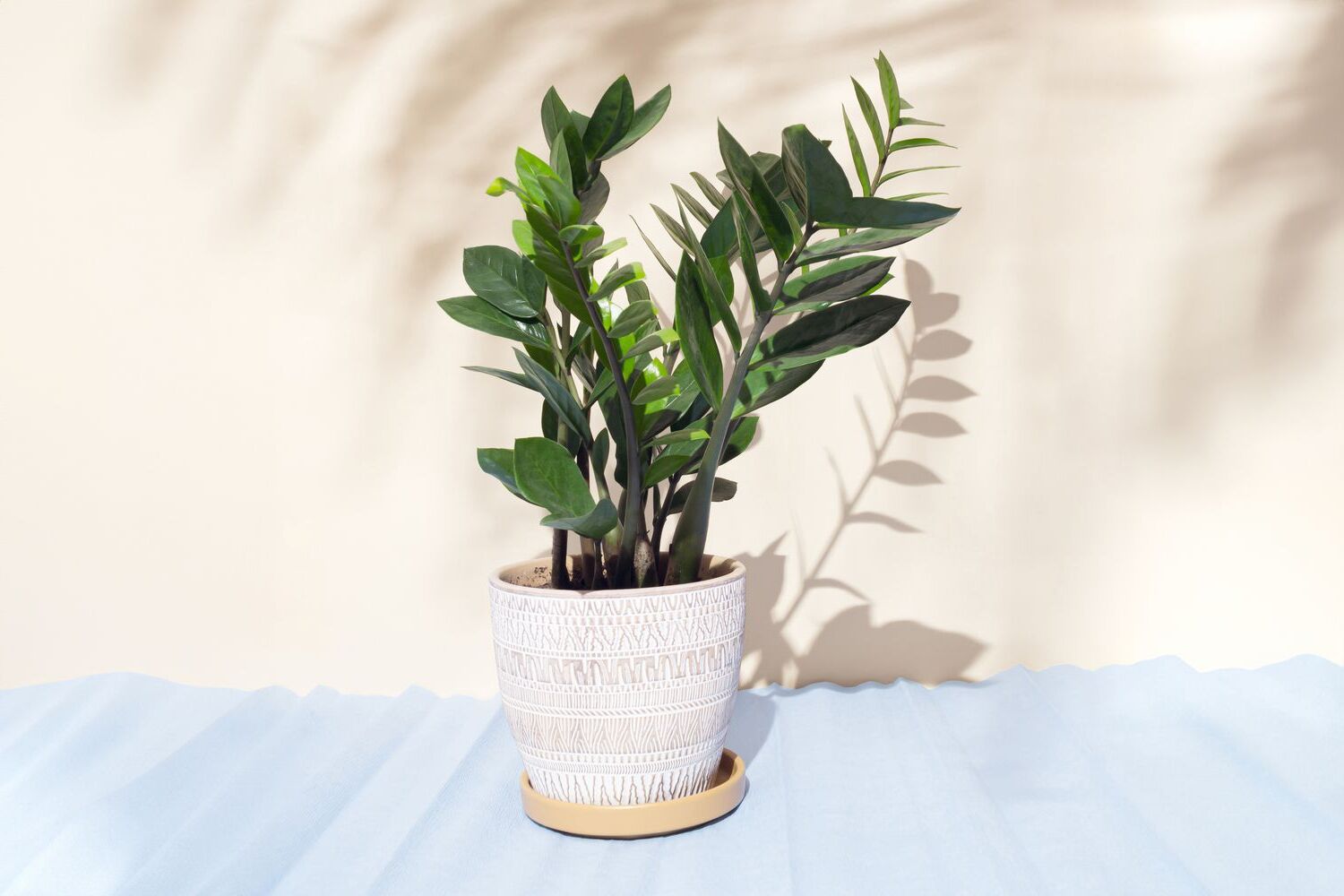

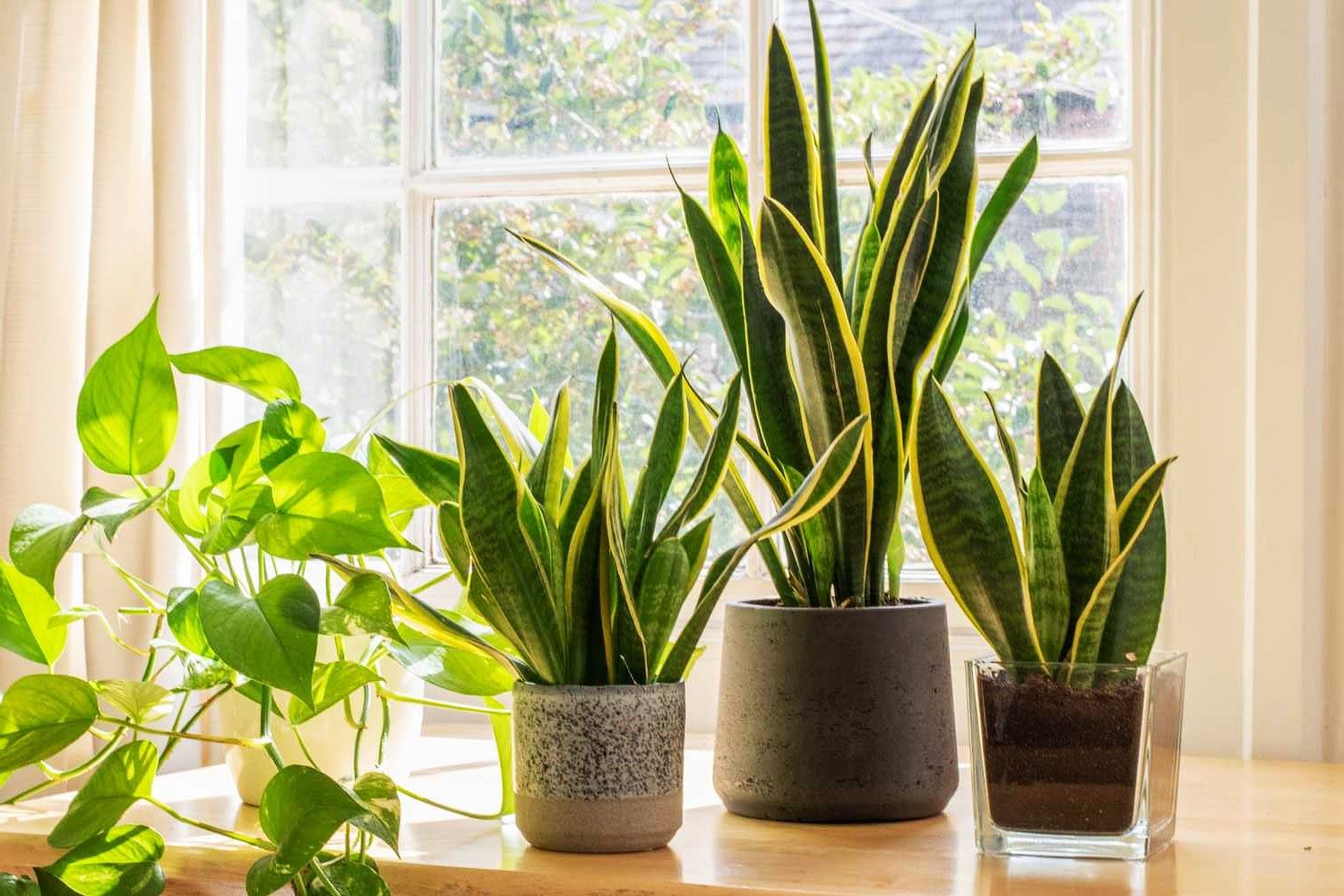
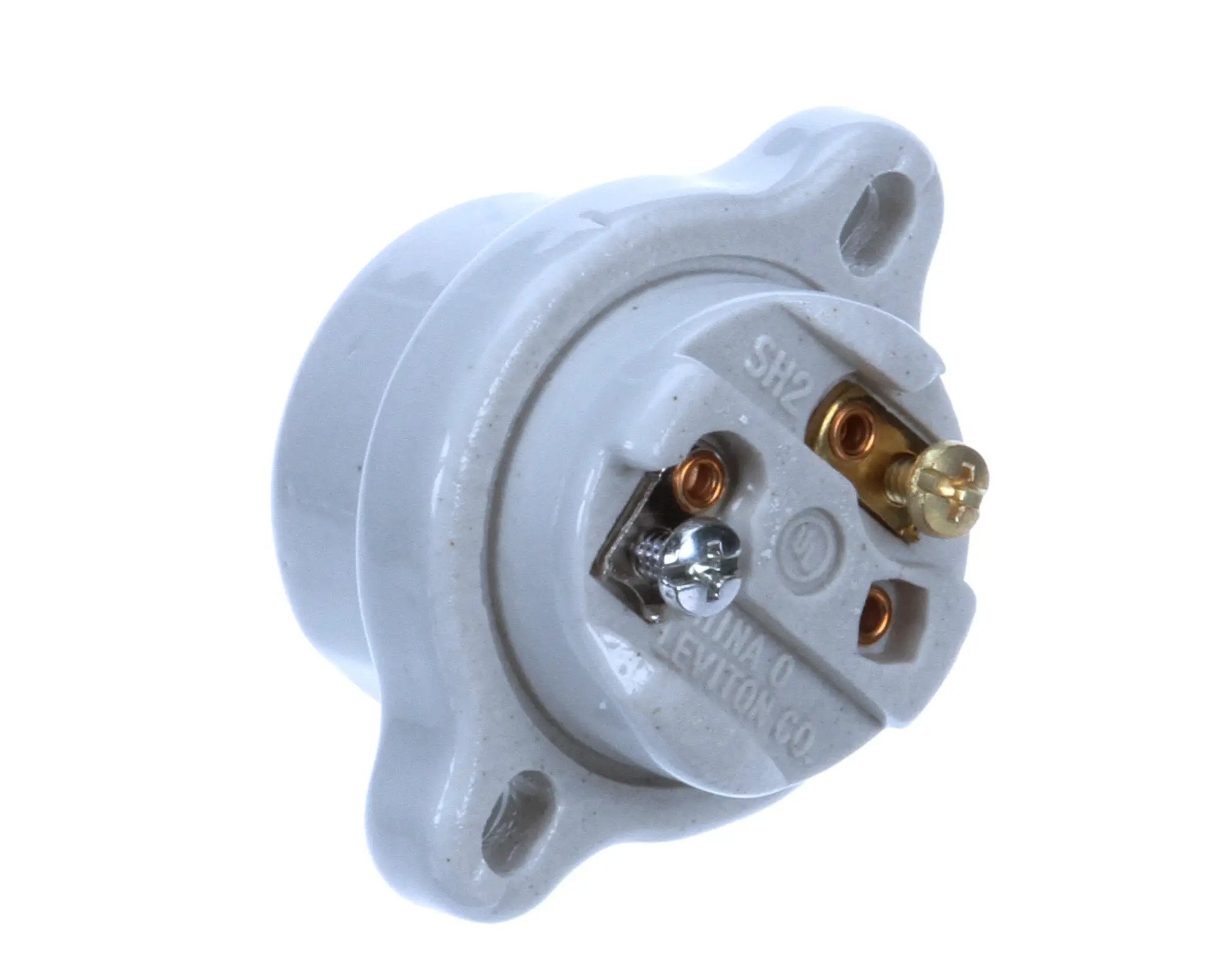
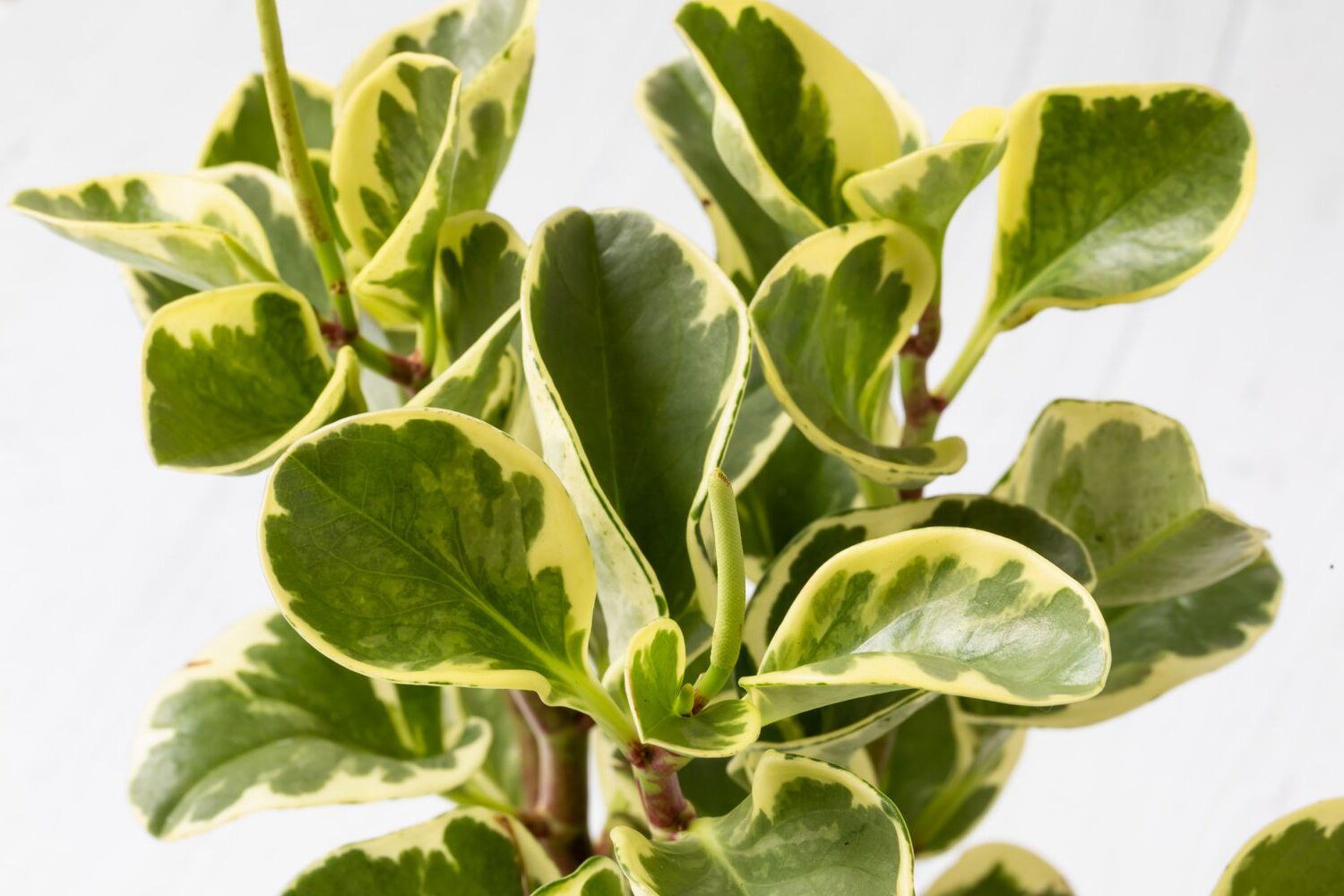
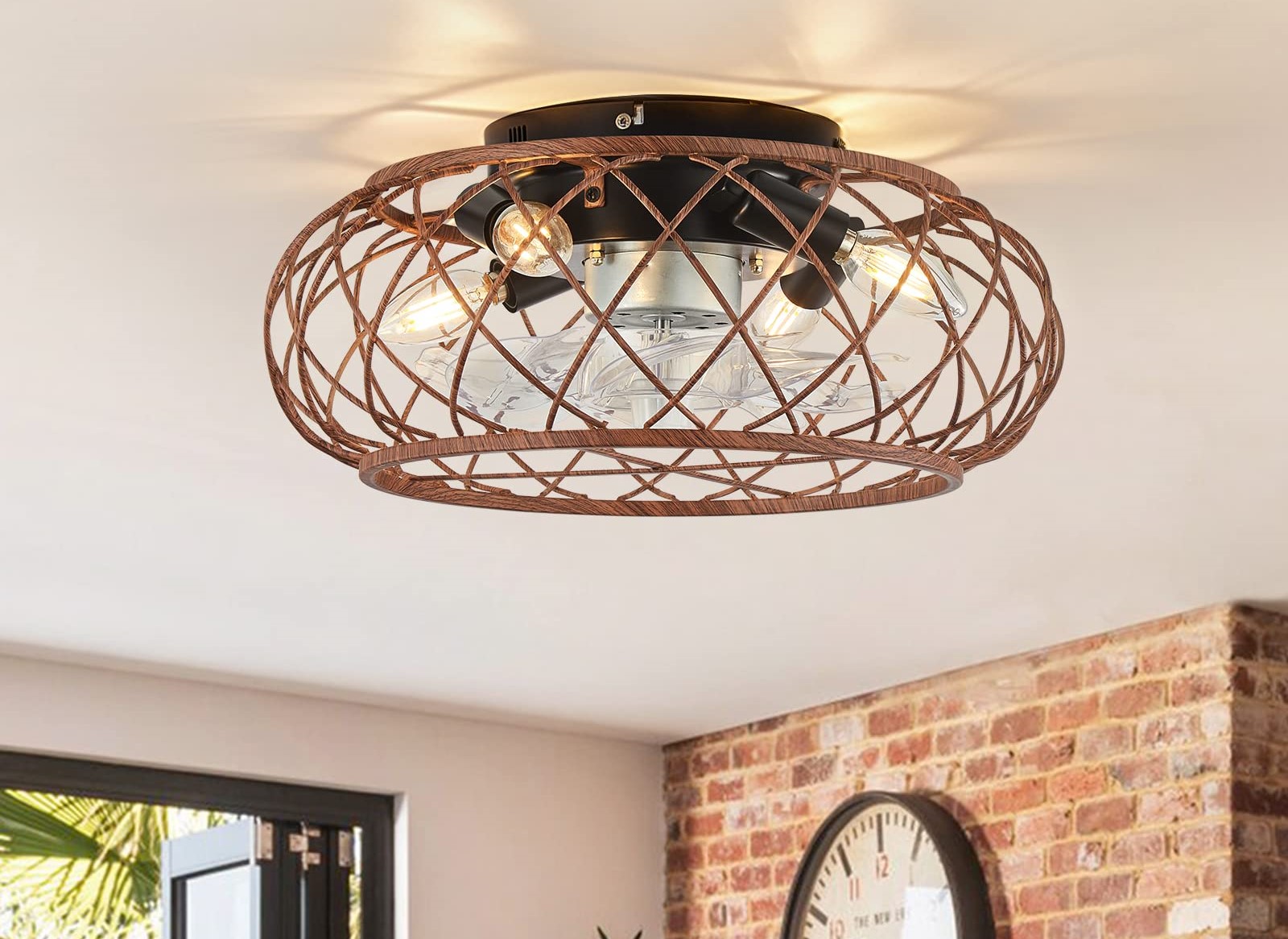
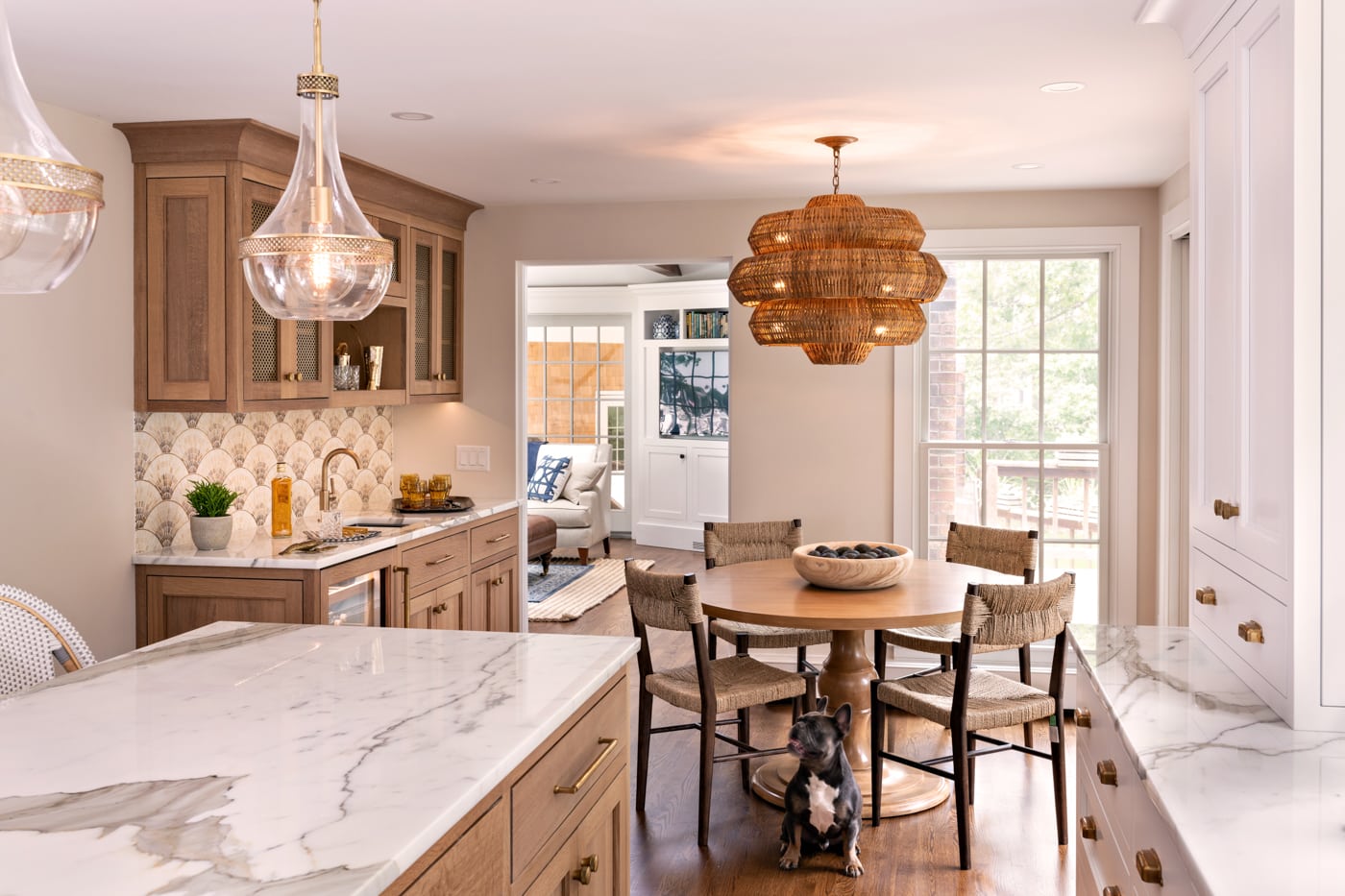
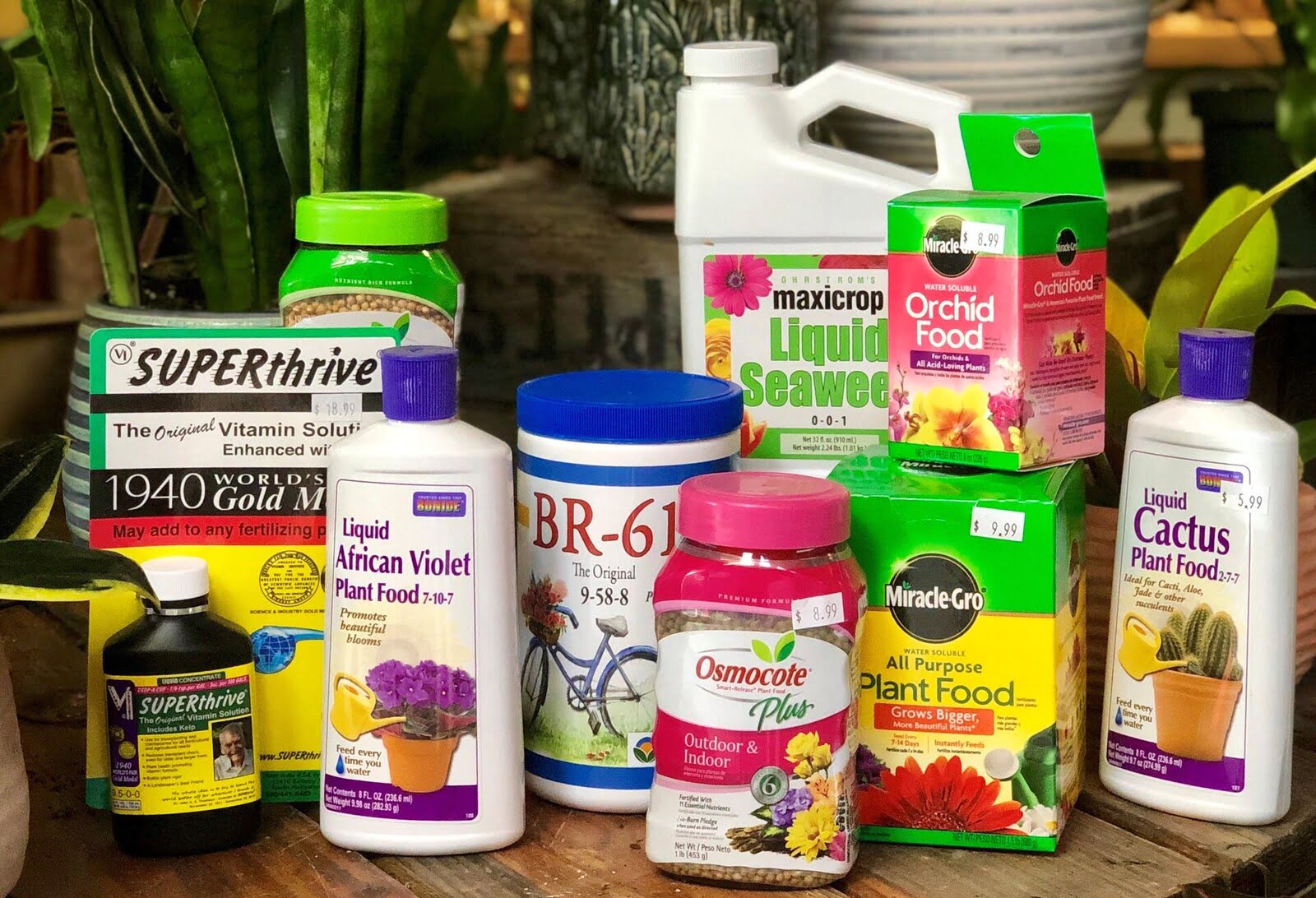
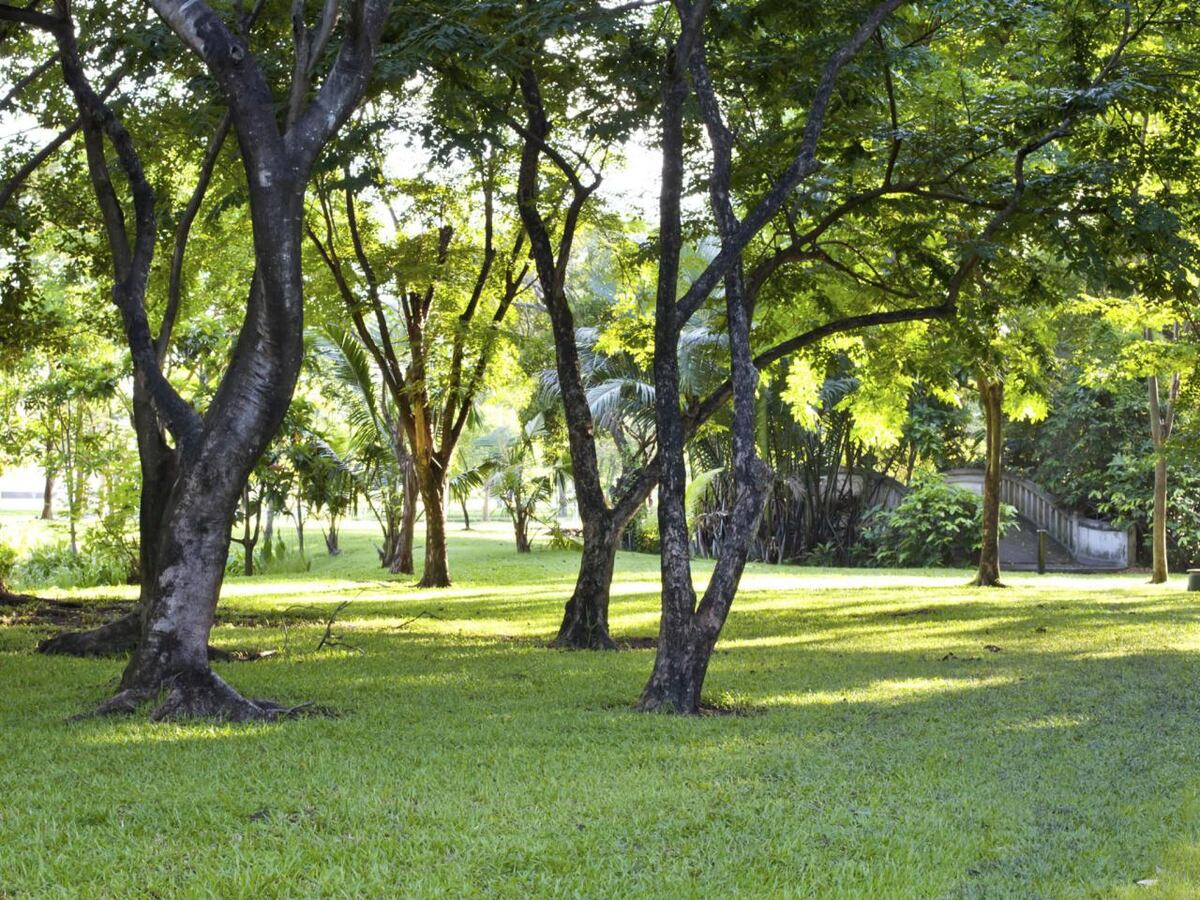
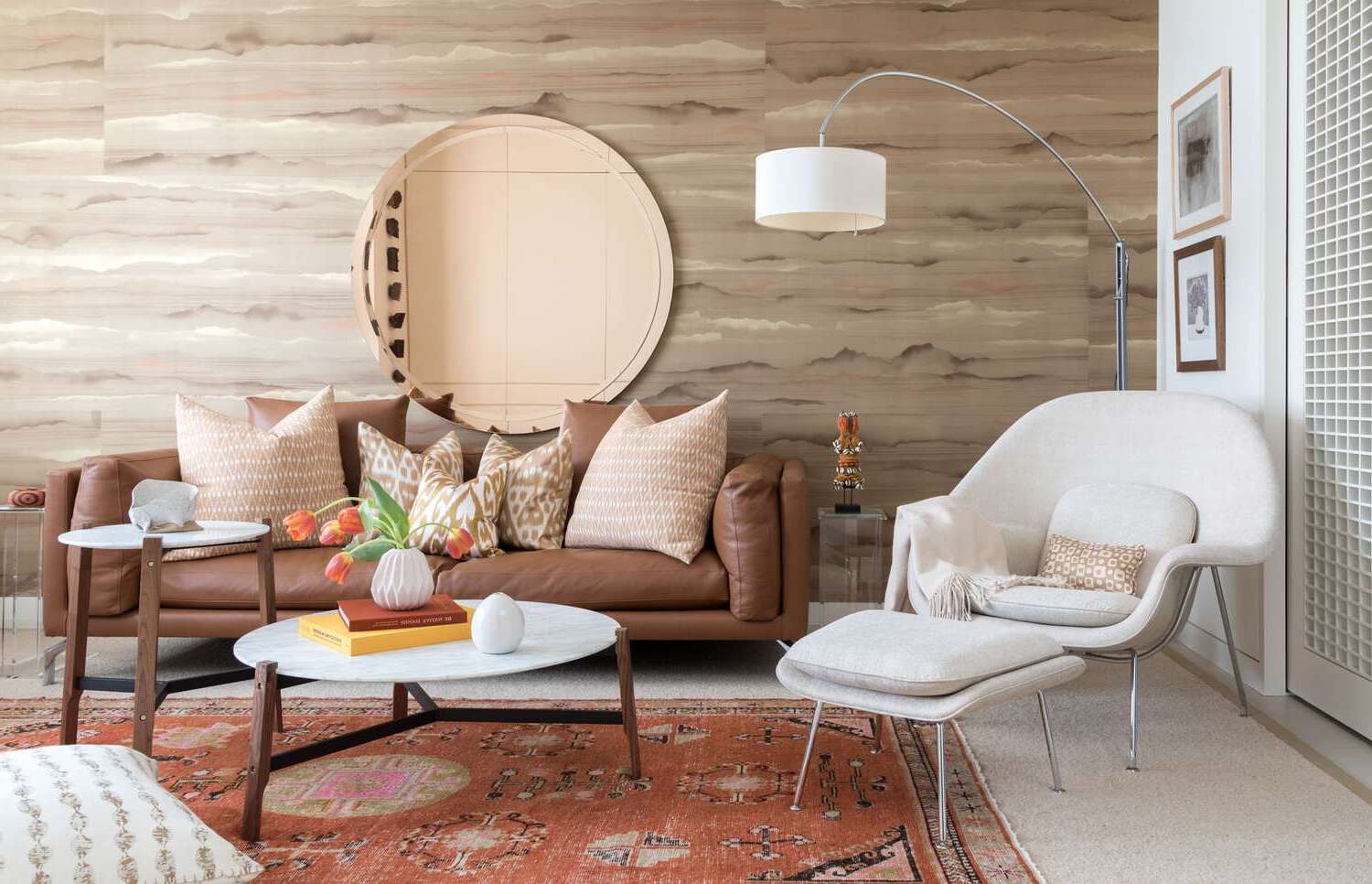
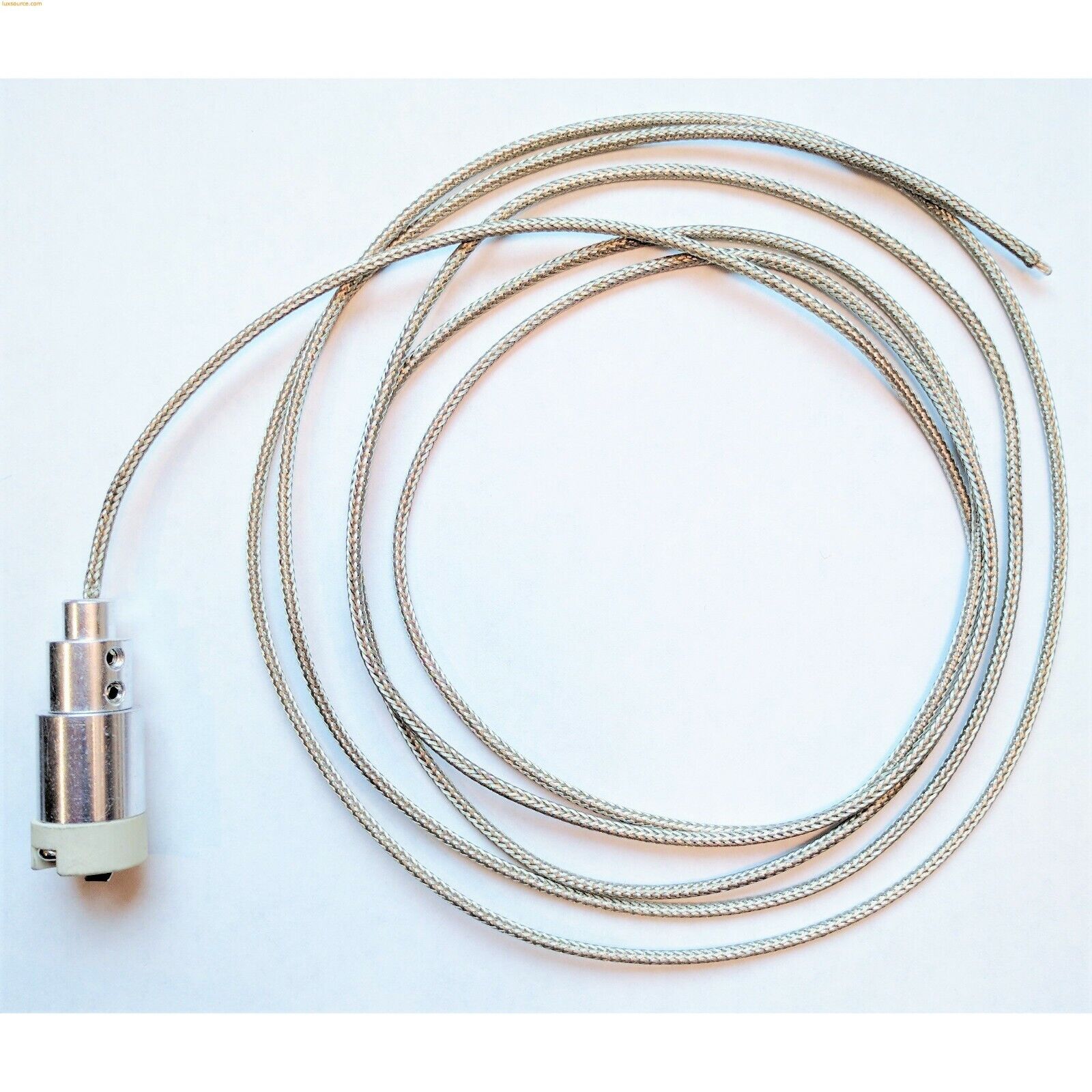
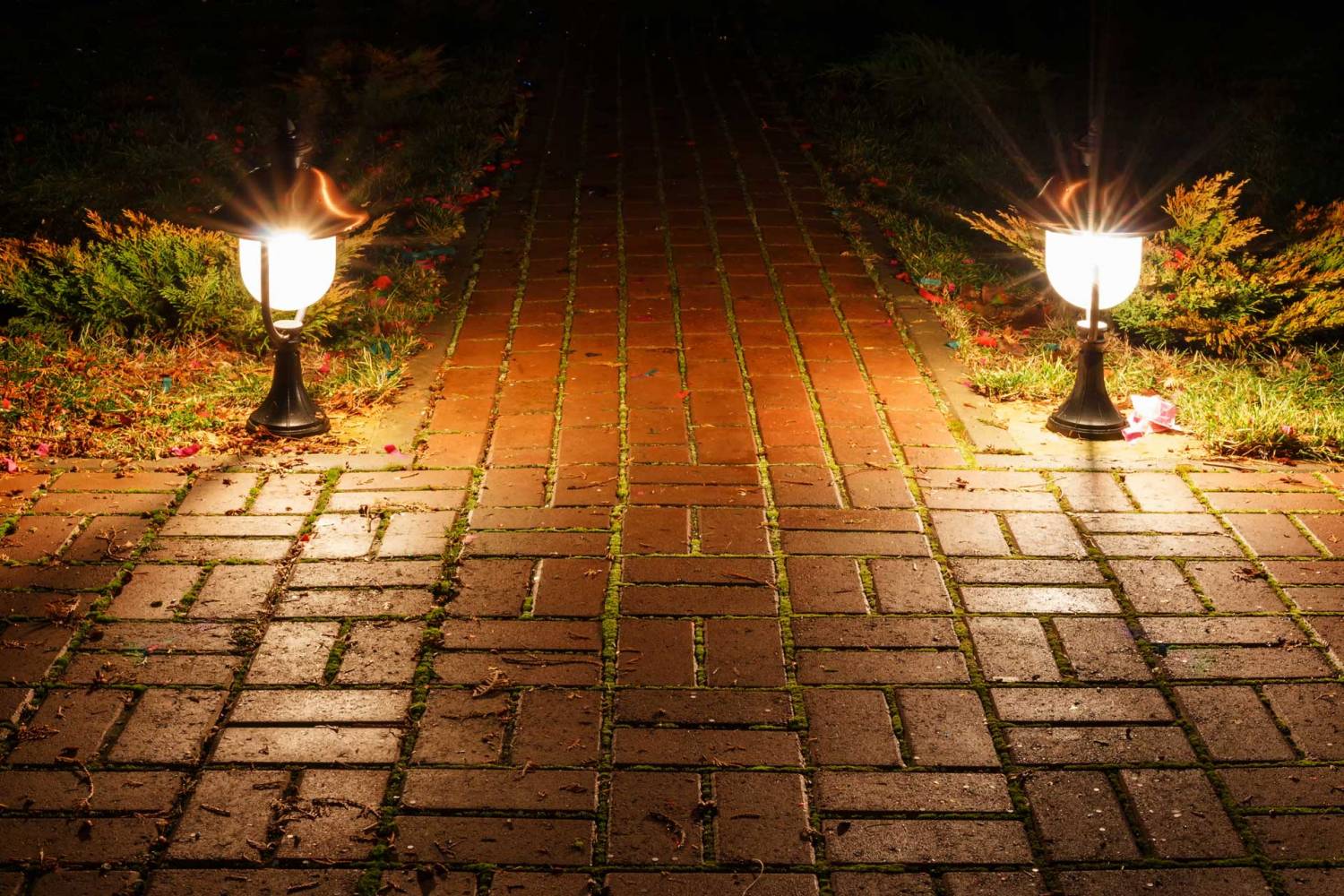

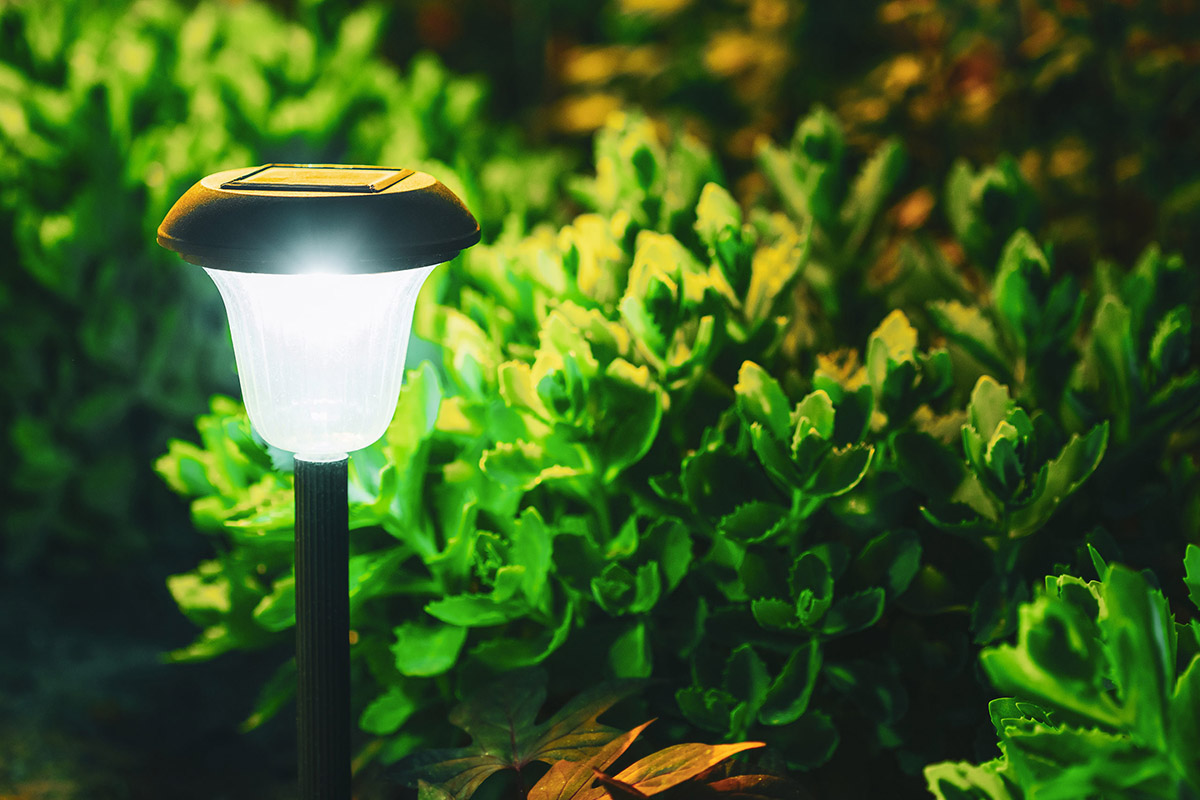
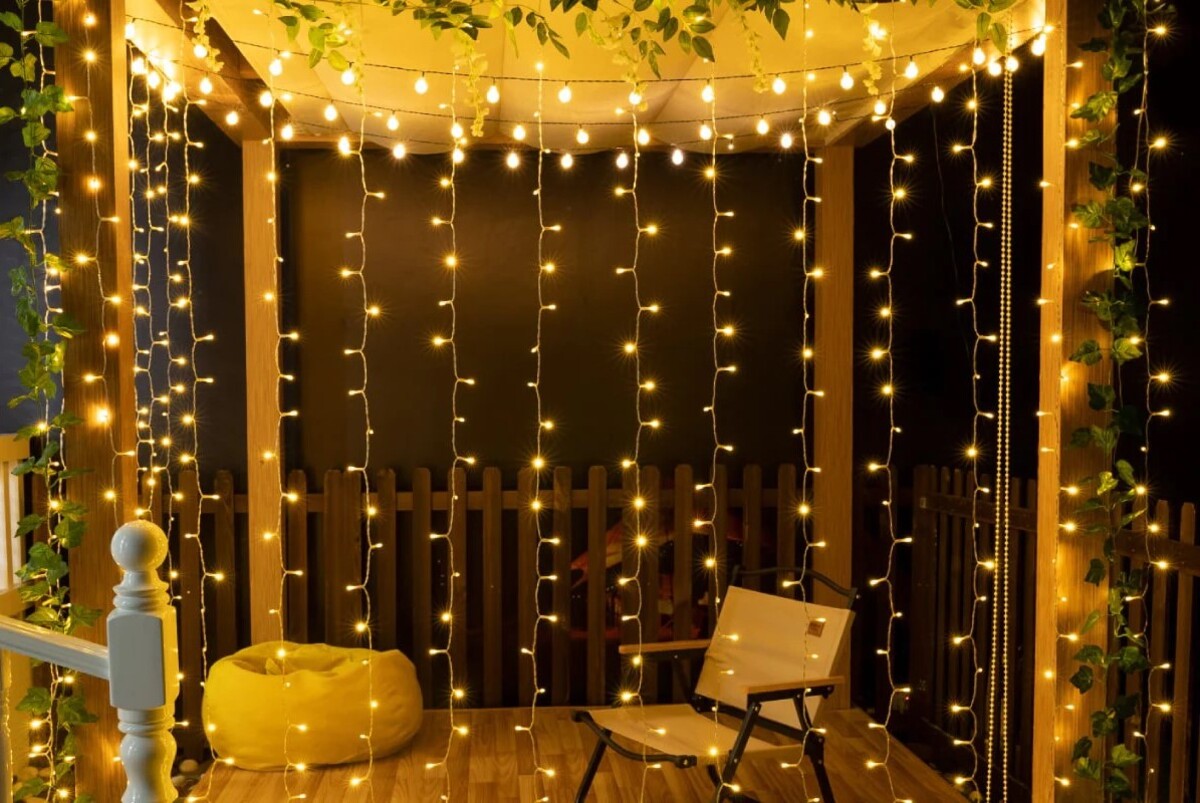
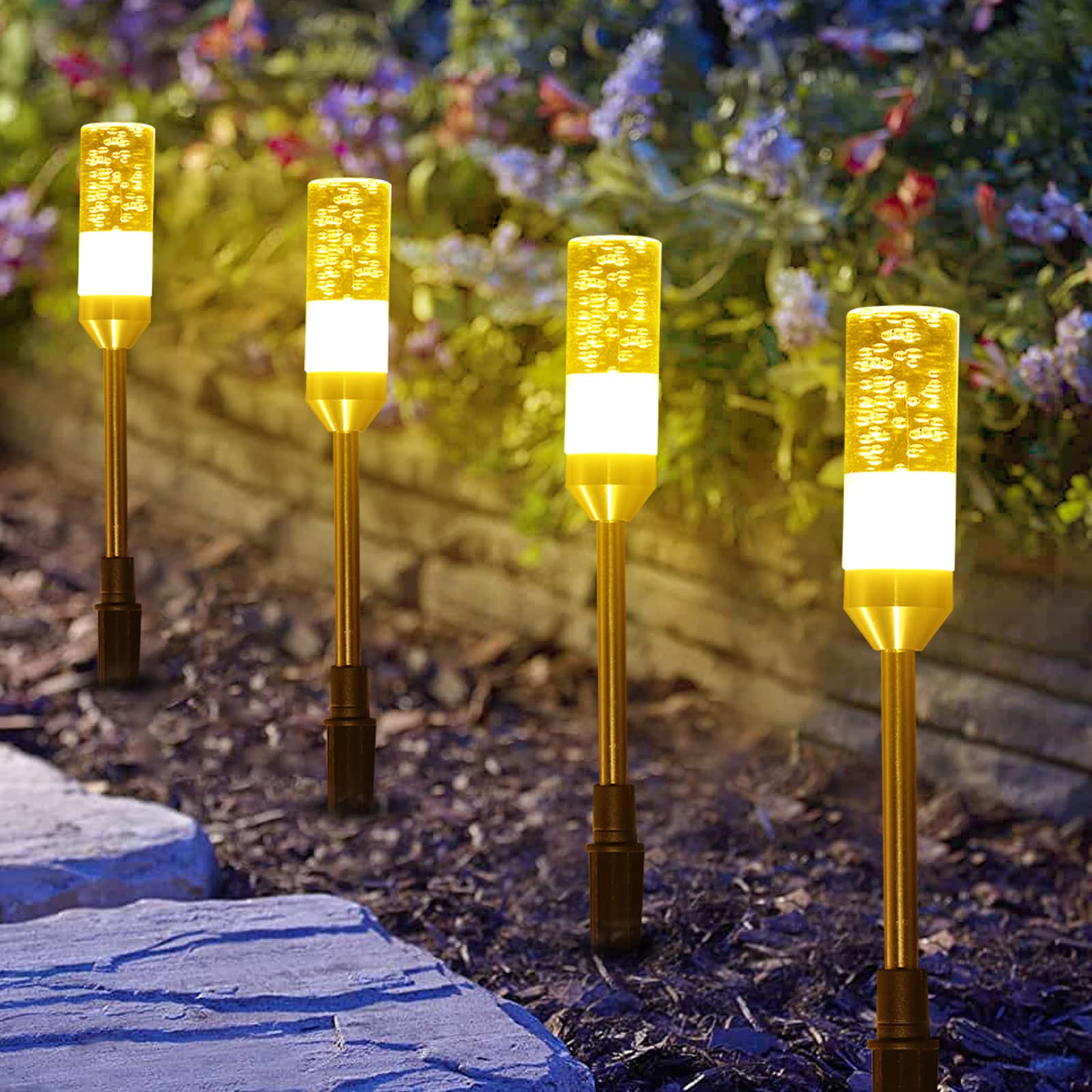

0 thoughts on “Choosing The Best Houseplants For Low Light”